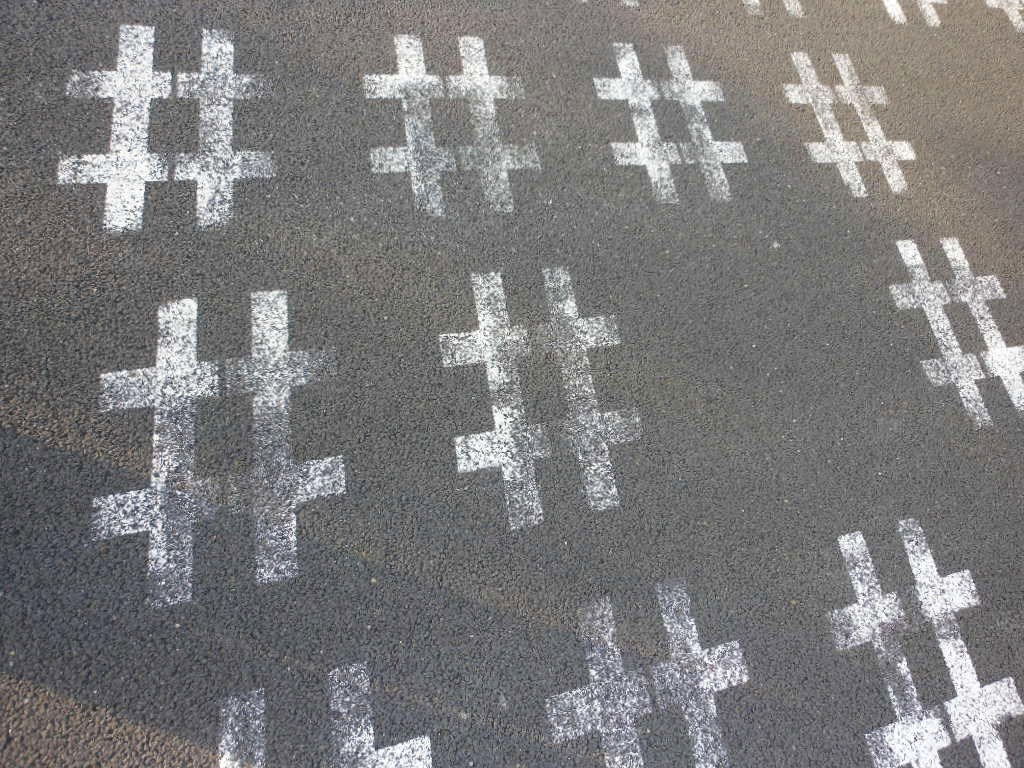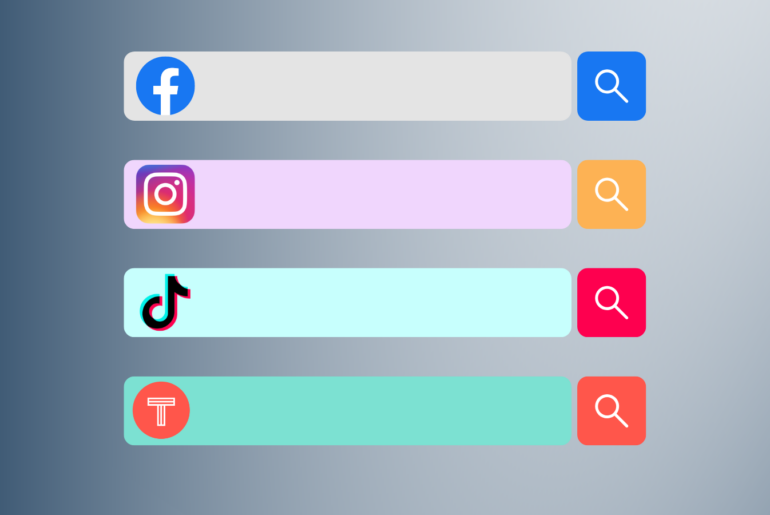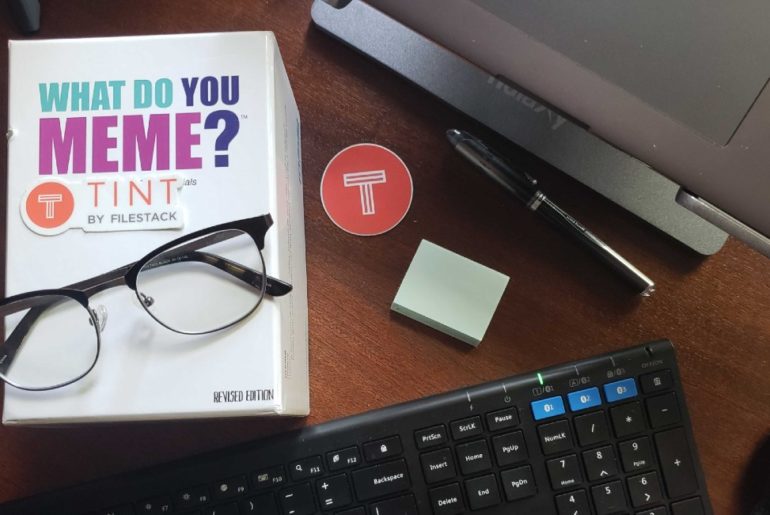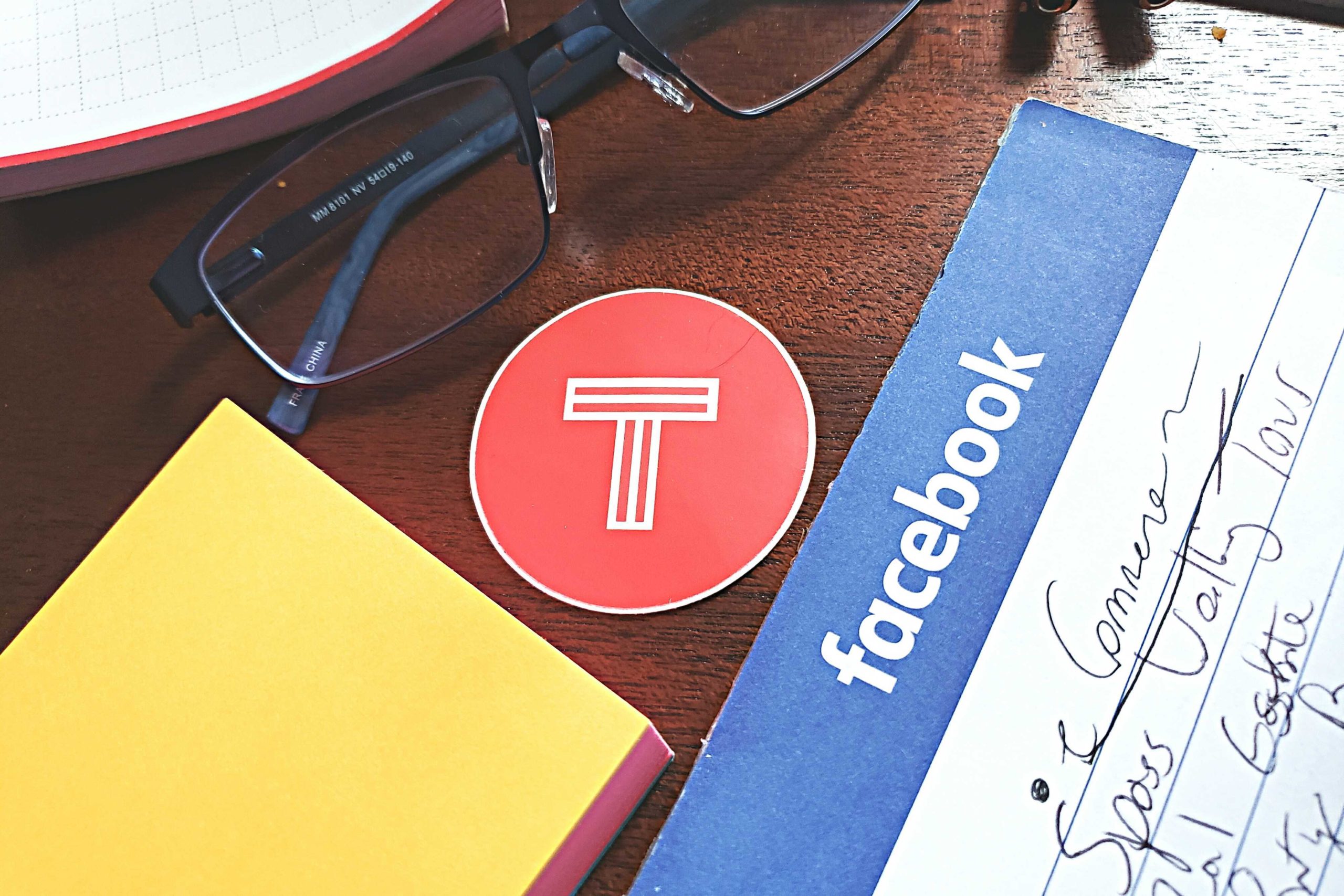The hashtag is now a vital part of social media marketing, but where did it come from? What fueled its rise to power? Understanding it’s rise will help you better understand how to use them as a marketing catalyst. Hashtags, formerly known as pound signs, were used in the in the late eighties on internet relay chat (IRC) to group information on discussion forums. Fast forward almost twenty years later to 2007. Times have changed. We’ve moved on from chat rooms to social media networks like Facebook and Twitter.
An American actor, Chris Messina, also known as Danny from the Mindy Project, tweets, “How do you feel about using # (pound) for groups. As in #barcamp [msg]?” This is when things really took off. When fires forced the evacuation of over 300k people in San Diego county later that year, people turn to Twitter and the #sandiegofire to see live updates. The way we organize and digest information in real time is forever changed. Twitter officially recognizes this change in the way we consume information and media by embedding hashtags formally into its code in 2009, and hyperlinking things like #sandiegofire. By 2010, the term “trending” meant social media topics linked by hashtags. In 2013, embedding hashtags formally into code to link trending topics became the norm across all of the major social media platforms including Facebook, Pinterest, Instagram, and Google+. Today, half of all Super Bowl commercials contain a campaign hashtag.
Hashtags are all about buzz surround something people want to share, and build a collective story around. Whether this is the news or your product, your hashtag starts with the story that is relevant to your community. If you have a great product, then these are the stories you want to share with your past, present, and future customers, investors, employees, and potential hires. Great campaigns view hashtags from this angle. They recognize that it is not about the hashtag itself, but how the hashtag helps customers highlight their relationship with your product.
1. Be Your Own Customer:
Put yourself in the shoes of your customer. Plot out the moments at which your product adds value to your customers lives, or through customer research understand these moments intimately. Write your hashtags around these moments.
Example: #ShareACoke

Why: When you ask someone why they like drinking a coke, they may say, because it is refreshing or tastes great. However, when you ask someone how they feel when they drink a coke, they may say they feel great, because they love taking a break and chatting with a friend. How do you feel when you see a coke on display with a family or friends name you are about to go see? Does it make you want to buy two, and does your mind fast-forward to enjoying them together? The focus shifts to sharing a moment, not just a drink, and Coke captures this perfectly. So well in fact, that their sales rose 2% as a result of this campaign.
How could TINT boost this campaign? Imagine aggregating all of those community-driven posts of people sharing cokes with their names on them. Makes you want to join the movement by buying a coke, right?
2. Be A Tease
Hashtags should be used on social media to hint at what is to come. You’re always improving your product, and creating new products as you rise to success. These are usually reflections of customers requests, and therefore strengthening the value-proposition of your product through improvements or expanding your value-proposition through additional products or services.
Example: #AllEverlane
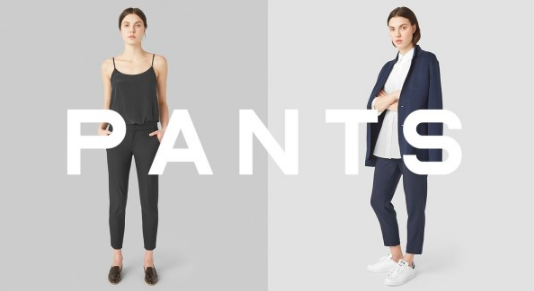
Why: Social media marketing is one of the best ways to create buzz around a countdown, and the #AllEverlane campaign hit this spot on. Before Everlane released their pants, they invited customers to try them on and give feedback on social media. This resulting in a 12,000 person waiting list. It also created a movement for those who were early adopters of the pants to share their #AllEverlane pictures decked out from head to toe in Everlane.
How could TINT boost this campaign? What clothing brand doesn’t want to showcase their customers proudly wearing their products from head to toe? TINT would allow the brand to pull great outfit combinations highlighted by customers to share with existing and potential customers.
3. Be Platform Agnostic:
Today, hashtags aggregate media across platforms, so drop the twitter symbol next to your hashtag. Great hashtags travel across platforms, and into conversations over dinner or in passing with friends.
Example: #betterforit
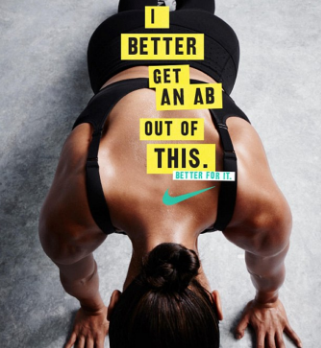
Why: This campaign lets us all recognized that working out is difficult, and it is certainly not always fun, but we are always better for it. The message resonates across twitter, facebook, Pinterest, Instagram, and even into a new youtube web-series. Imagine how different this would be if Nike put a twitter sign next to the hashtag? It sends the message that you’re new to marketing, and that your audience should only share this on twitter.
How could TINT boost this campaign? When you pull in the picture of women pushing forward with exercise, because they’ll be better for it, you paint a motivating picture. It might even help convince me to put on my running shoes right now.
The history of hashtags brings us back to their core power: organizing information that matters across platforms. Whether what matters is about a current event or the newest pair of Nikes, embracing the community-driven nature of hashtags helps marketers creates better campaigns. Focus on aligning the valuable moments with what is yet to come. When you do this well, your message will be carried across platforms by your customers.
What are your thoughts on hashtags? Drop us a line below and share your thoughts! Also, if you have any social media campaigns you want to launch and need some help, feel free to reach out and we’d love to strategize with you!

